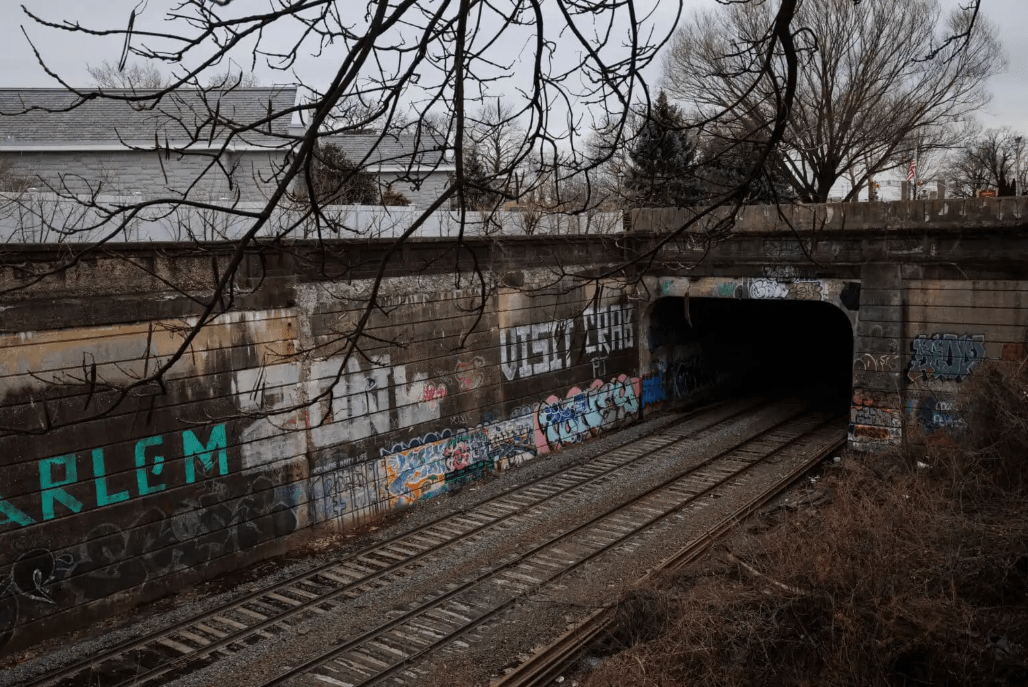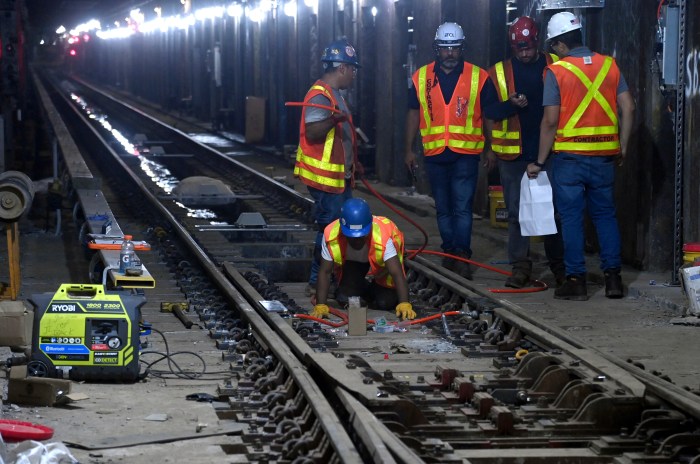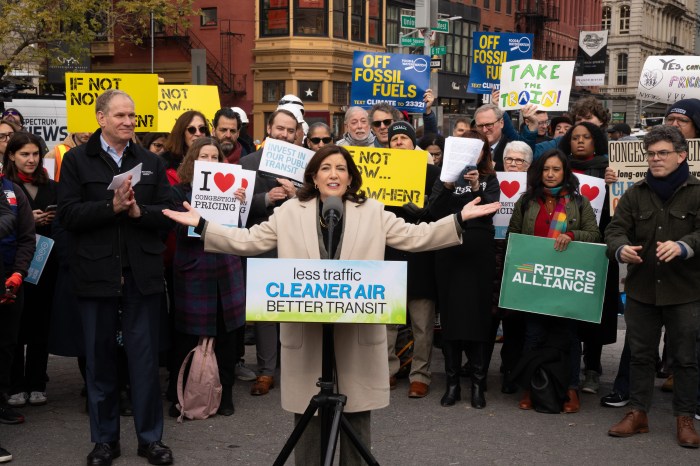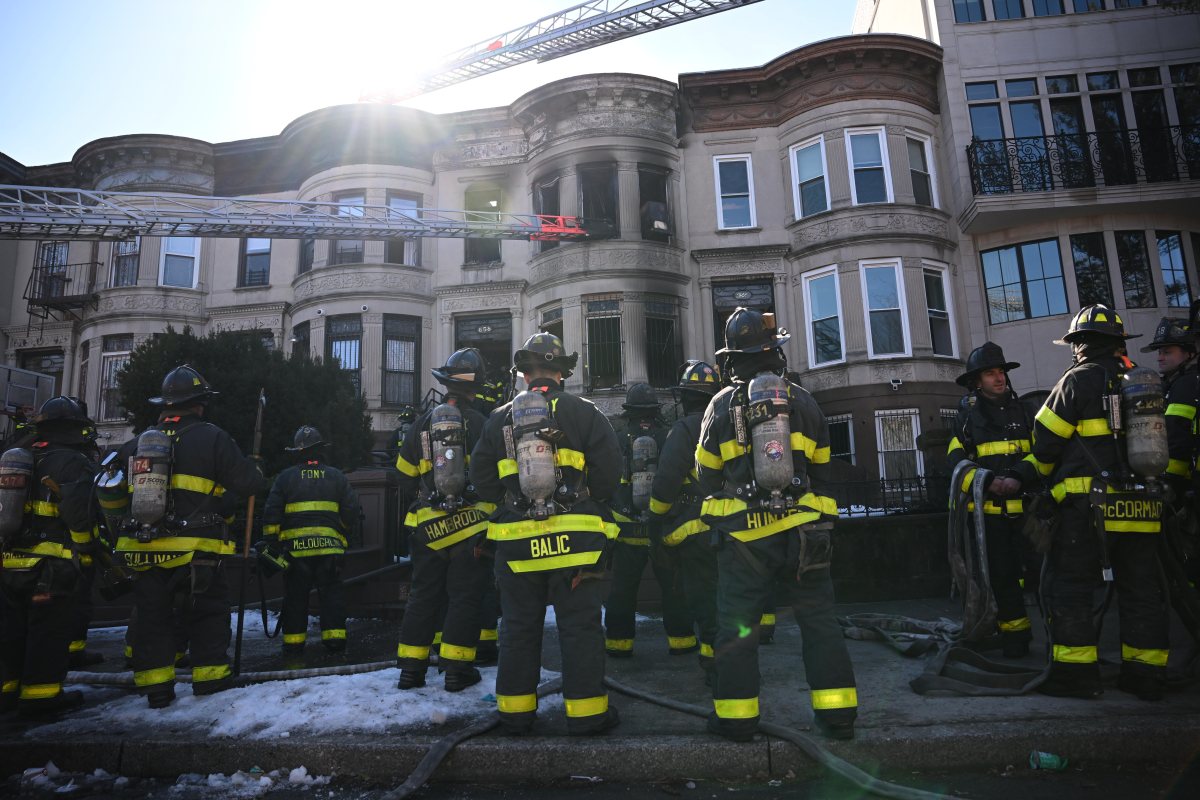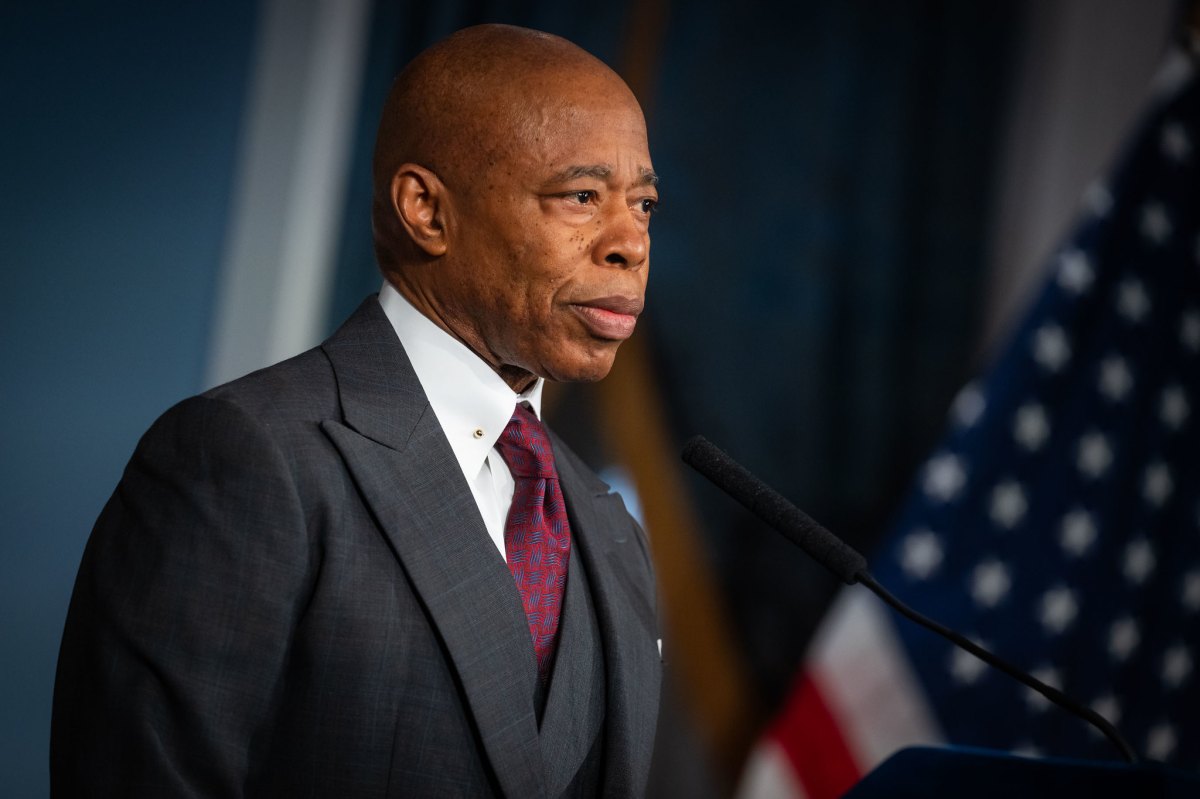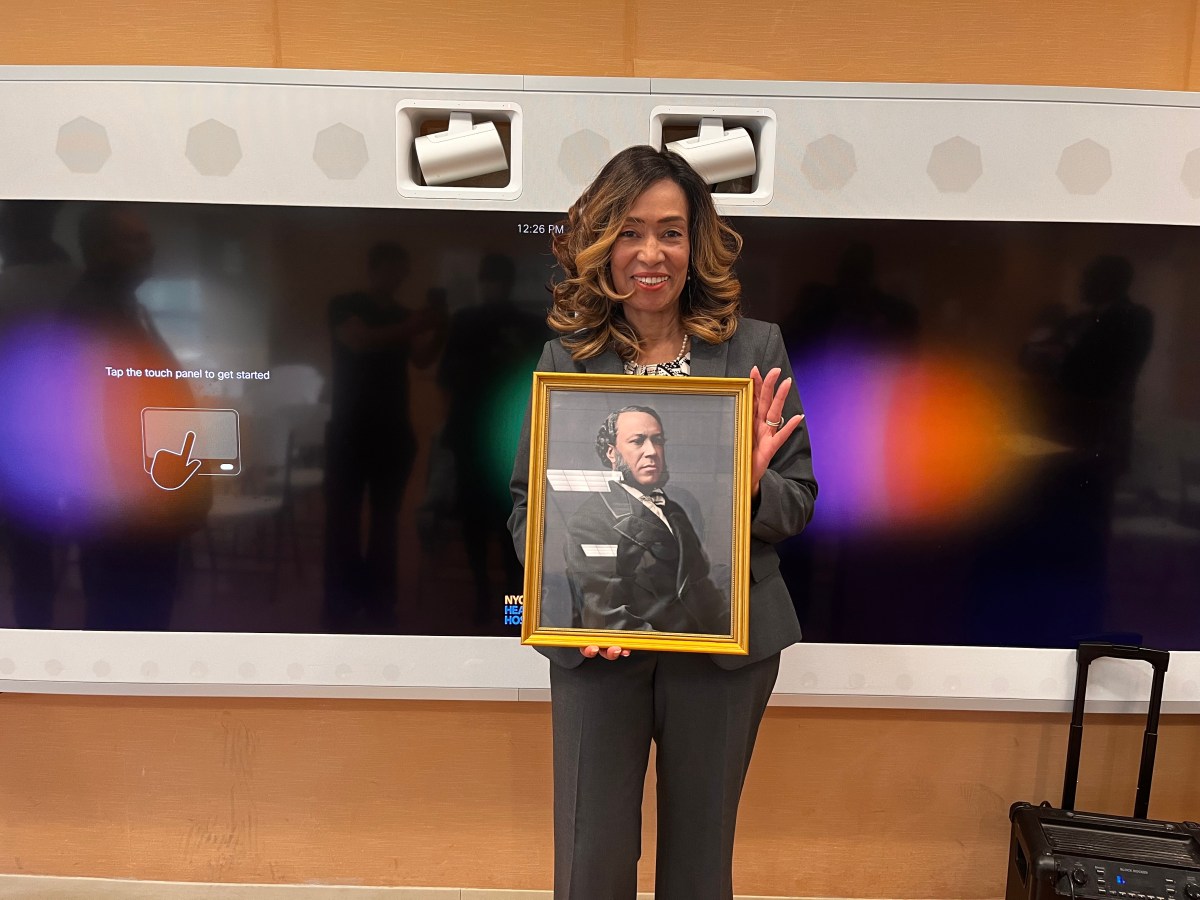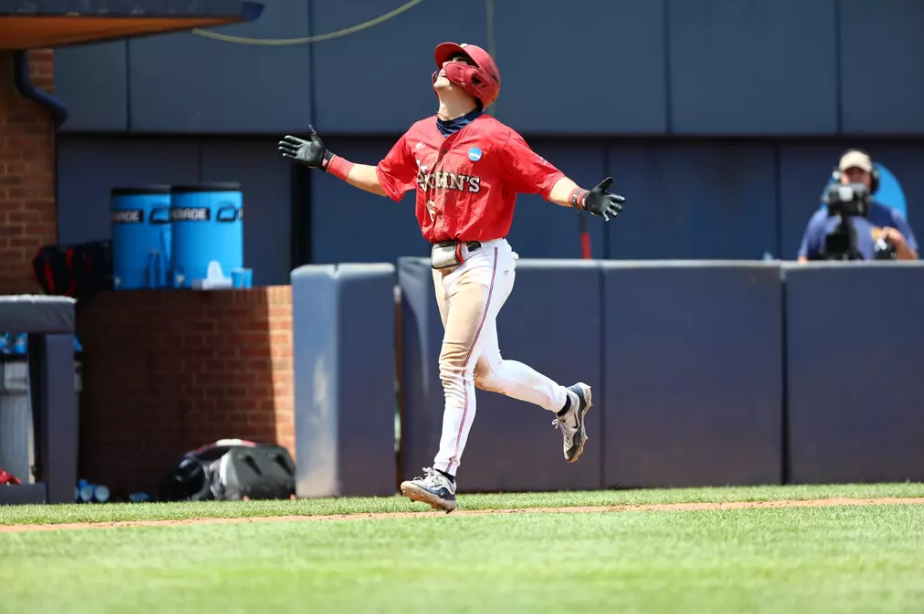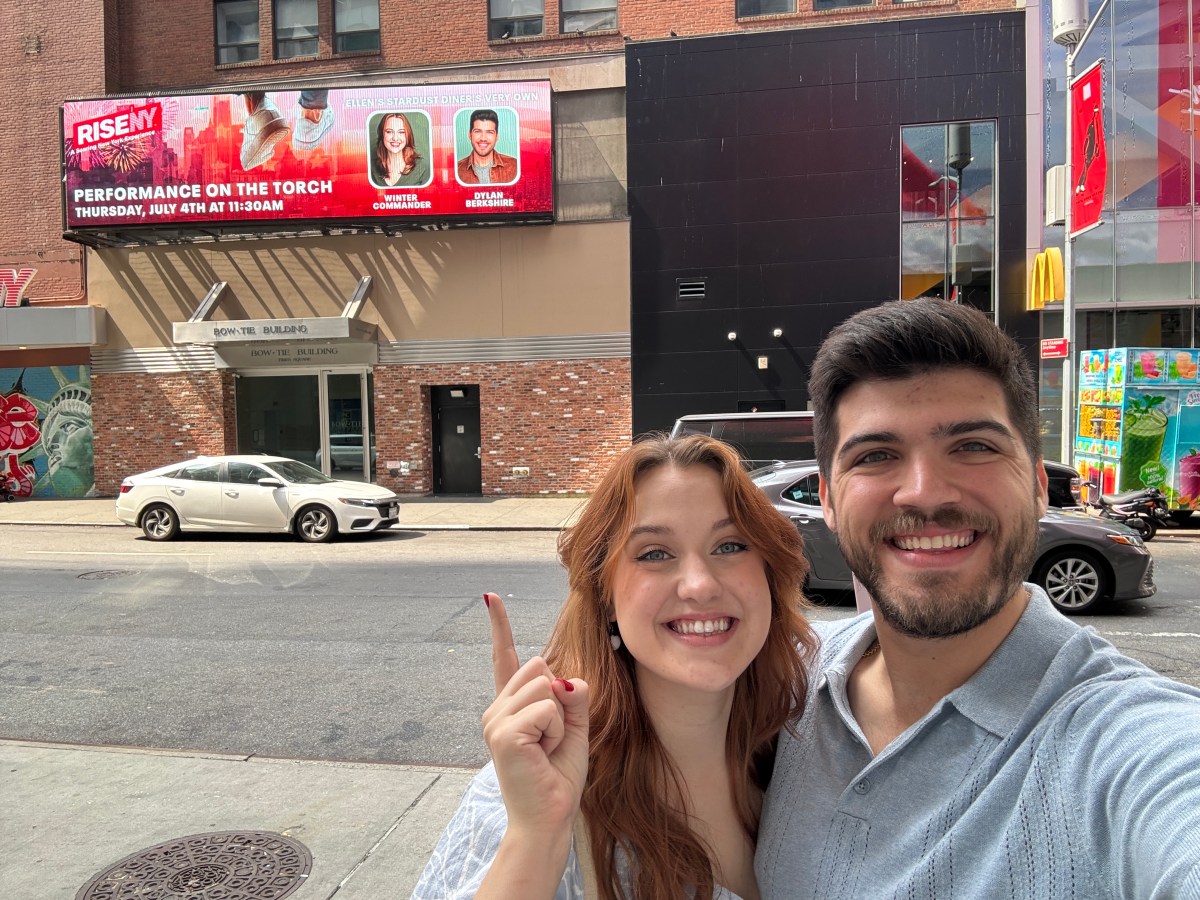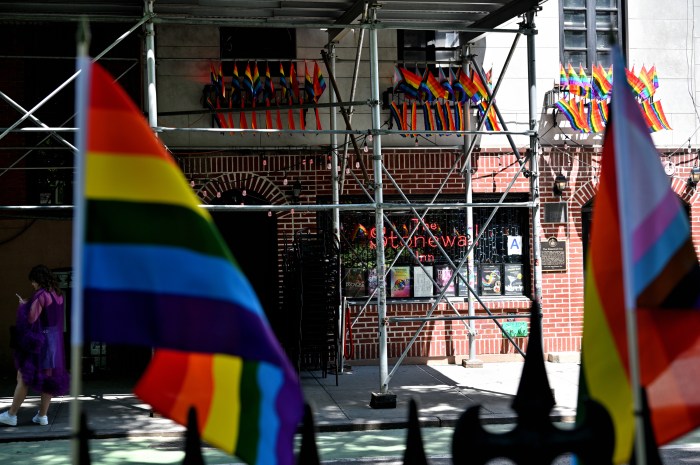The MTA says it is considering digging a tunnel underneath a Queens cemetery to carry the proposed Interborough Express (IBX) light rail line between Brooklyn and Queens, nine months after amNewYork Metro exposed the grave potential consequences of previous plans to run trams on the street.
MTA construction chief Jamie Torres-Springer told reporters Tuesday that the transit agency is now inclined to dig a tunnel underneath All Faiths Cemetery in Middle Village. This would scuttle a previous plan to run trams on neighborhood streets specifically to avoid a potentially expensive tunneling project that could disturb gravesites.
By going under the cemetery, the 14-mile light rail line would be situated entirely in a dedicated right-of-way, the Bay Ridge Branch, which is currently only used by a single round-trip freight train per day. By eliminating a contentious section where trams would share a right-of-way with vehicular traffic — and by extension, compete for road space — the 40-minute trip between Bay Ridge and Jackson Heights could be cut by at least 5 minutes into the 30-minute range, said MTA Chair and CEO Janno Lieber.
Currently, a train trip from Bay Ridge to Jackson Heights takes more than an hour, by way of Manhattan.
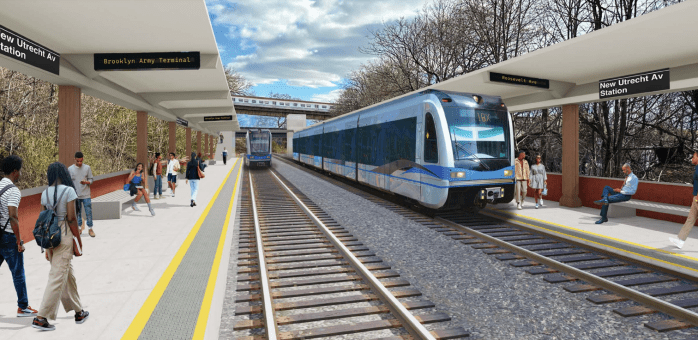
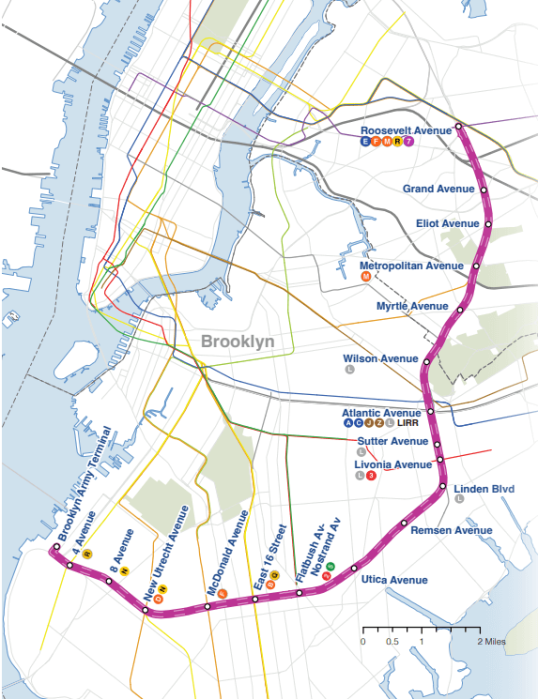
“It’s a huge deal,” Torres-Springer said at a press conference in Jackson Heights. “It means we can operate so much more efficiently throughout the whole thing. We can run faster, that means more trains, it means more passengers, it means shorter durations for the whole trip. All of this is unlocked by this, so it’s a great opportunity and that’s why we’re pursuing it.”
Previously, the MTA argued that the street-running proposal on Metropolitan Avenue and 69th Street was necessary because the existing tunnel under All Faiths — 520 feet long and 30 feet wide — was too skinny to accommodate tracks for both light rail and the existing freight operations, and expansion could require digging under people’s graves. These considerations were also key in the MTA’s decision to pursue the IBX as its first-ever light rail line, instead of a heavy-rail subway line.
The only alternative to street-running, officials said at the time, was a deep-underground tunnel 1.5 miles long that could add up to $3 billion to the project’s tab.
But, as amNewYork Metro revealed, all these proposals were made before the MTA actually engaged with the cemetery itself. Brian Chevanne, the cemetery’s director, said in January that the MTA had never reached out about the proposal, and even endorsed running trains in the tunnel instead of the street.
Now, though, officials say they have spoken with cemetery leaders and have concluded that expanding the existing tunnels or building new adjacent ones is feasible in an engineering and financial sense.
Cost estimates were not immediately available for the new tunneling scheme; Chevanne did not immediately return an inquiry for comment.
To run on the street, trams would likely have had to abide by the city’s 25-mile-per-hour speed limit, and getting stuck in traffic with automobiles and trucks would inevitably lead to delays on the line and concerns over its reliability. That would have significantly hindered the transformative promise of the IBX, argued Alon Levy, a researcher at NYU’s Marron Institute of Urban Management who has outlined the pitfalls for costs and reliability in reports for the Effective Transit Alliance.
“The Effective Transit Alliance has long advocated for tunneling under the cemetery, and we are glad the MTA made the right choice,” Levy said. “We’re also glad the MTA is planning on an inexpensive, shallow tunnel.”
City Council Member Robert Holden, who represents the area at City Hall and had previously threatened to torpedo the IBX if it included street-running in Middle Village, said the MTA’s announcement was “crucial” to earning his thumbs-up.
“While my community and I still have some concerns with the IBX, we are firm that only a tunnel solution is acceptable,” said Holden. “Addressing the biggest issue by forgoing light rail on 69th Street is crucial to earning our support.”
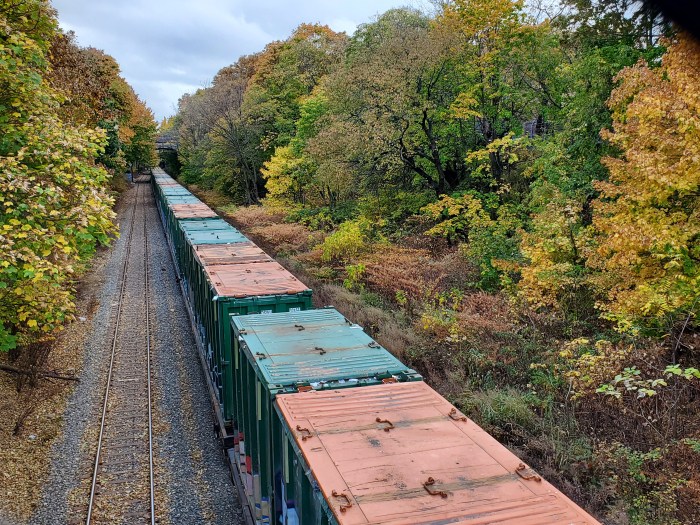
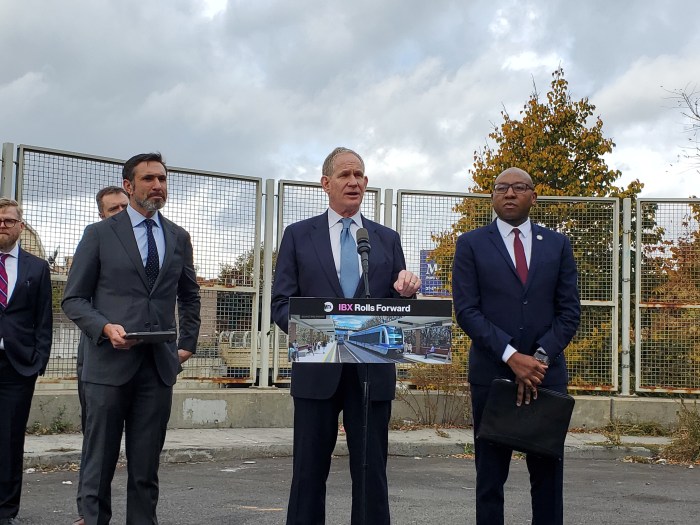
The news came as the MTA released a request for proposals (RFP) to engineering firms looking to design the light rail line and shepherd it through the federal environmental review process. Lieber described the IBX as a “transformative” project for the people of Brooklyn and Queens, permanently easing mobility between boroughs in a transit system that has long prioritized getting people from the boroughs into Manhattan.
“We can get more transit out of the infrastructure we already have,” said Lieber. “We’re taking an underutilized freight line, basically gets one freight train a day, and we’re turning it into something that’s transformative for so many New Yorkers.”
Besides the cemetery, the report also differed from the original plans by advancing plans to locate a station in East New York north of Atlantic Avenue by the Broadway Junction transit hub, instead of the lesser-used L stop south of the thoroughfare. Overall, the IBX would facilitate connections to 17 different subway lines, dozens of bus routes, and the Long Island Rail Road.
Gov. Kathy Hochul has described the IBX as her “baby” project, and the state has contributed more than $50 million to undertake the design and engineering work for the IBX, with the feds also chipping in $15 million.
Nevertheless, the $5.5 billion megaproject’s future is anything but guaranteed. About $2.75 billion of the price tag is included in the MTA’s new $68 billion capital plan for 2025-29, but the MTA has only secured half the funding for that plan, and Hochul has insinuated the plan may ultimately be shrunk in scope. With the ongoing pause on congestion pricing, which was to fund part of the current 2020-24 plan, the MTA is short about $48 billion for capital needs.
Because most of the capital plan consists of urgently needed “state of need repair” work — maintaining or replacing deteriorating assets and keeping the system in working order — expansion projects like the IBX would likely be first on the chopping block.
“The first priority has to be the state of good repair, not letting the existing system continue to degrade or place the functionality of the system at risk,” Lieber said. “And there’s no question that that means that expansion — and it’s not only the IBX, but some other expansion projects that we did think were worthy of going forward as part of that $68 billion program we passed — would be placed at risk by a shortfall in that.”
Nonetheless, Lieber maintained that he is “very optimistic about how things are gonna go down come the legislative session.”
Read More: https://www.amny.com/nyc-transit/



